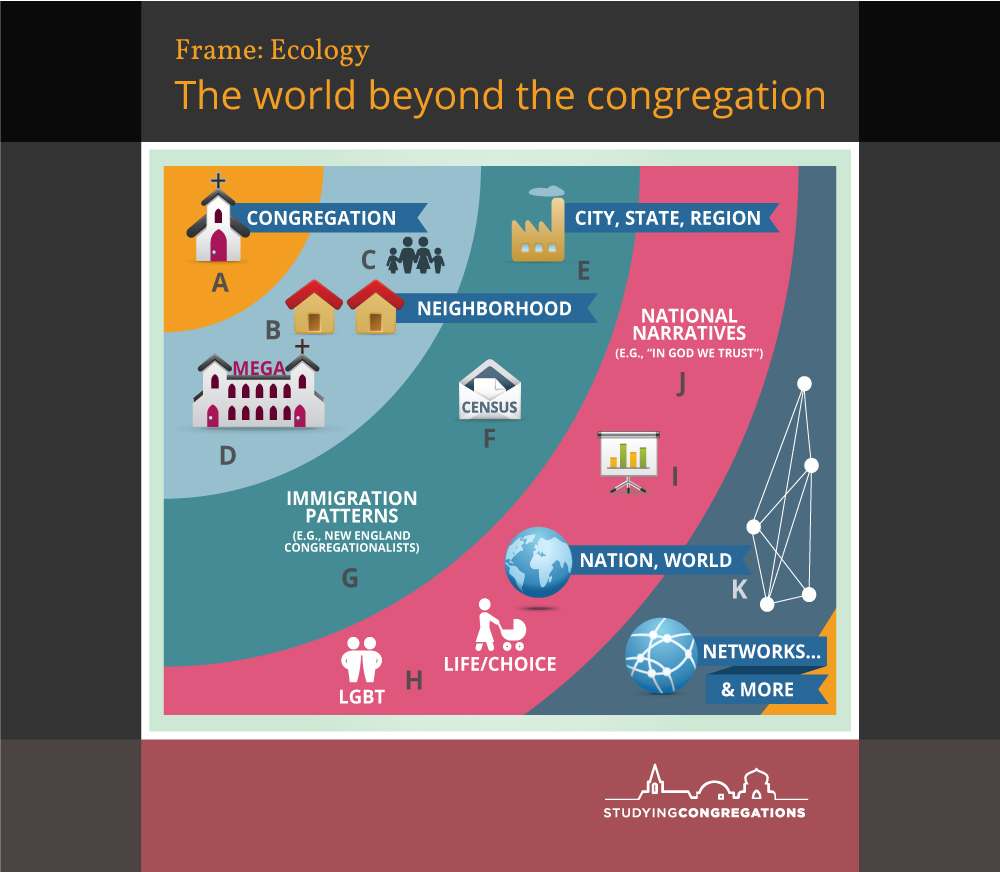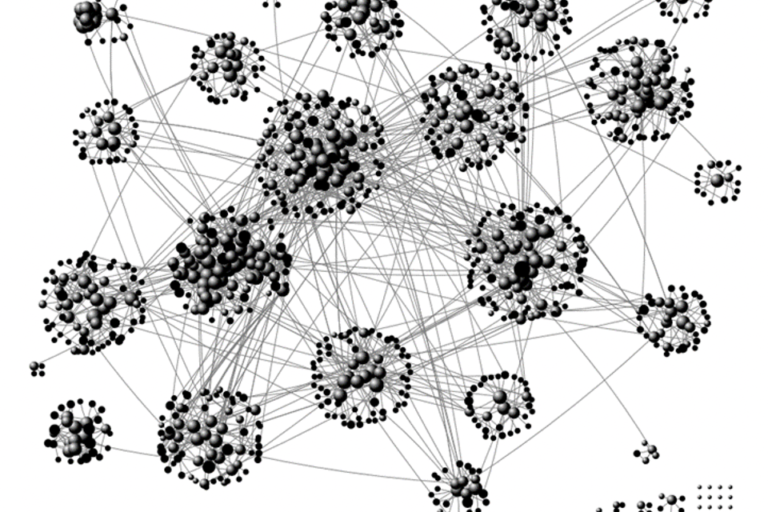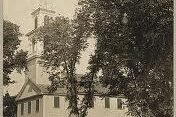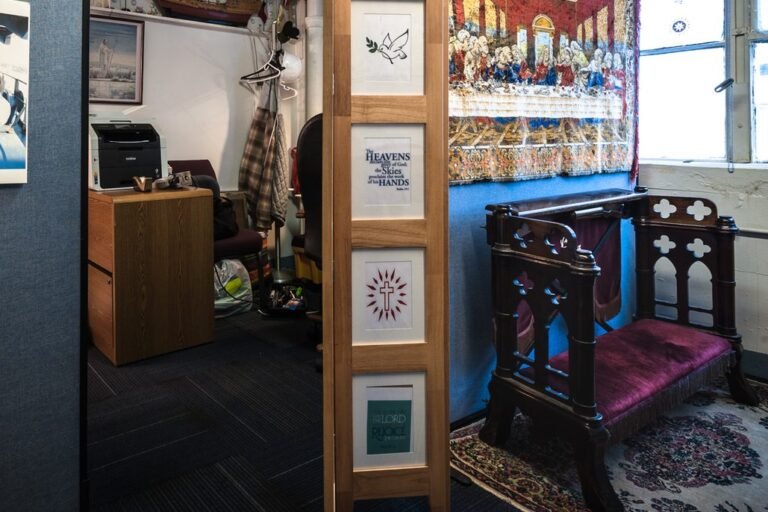
(A) My congregation.
Here’s “my congregation” placed in it’s own little corner of the world.
(B) The neighborhood.
What kind of neighborhood is the congregation located in? Is it residential, commercial, or something else?
(C) Who (if anyone), lives nearby.
Historically, congregations were often built nearby their founding members. Over time though, demographics shift and there can be significant differences between those who attend a congregation and those who live in its neighborhood. Consider age, ethnicity, class, etc.
(D) Other congregations.
What about that megachurch down the road? Congregations are voluntary associations and sometimes other options nearby can shape the life of a congregation.
(E) Urban, Rural or Suburb.
Increasingly Americans live in cities, but that hasn’t always been the case. The surrounding rural, suburban and city environments can shape a congregation in all kinds of ways.
(F) Demographics.
When learning about your congregation, it’s always important to take stock of the population in the area around you. Demographics shift and when congregations rely on only one demographic, these shifts can mean big changes for the congregation.
(G) Region.
Perhaps you’ve noticed, but geography plays its own role in shaping congregations. Often a matter of where various ethnic groups settled in the US, proximity to these historical strongholds can shape a congregation.
(H) Social issues.
Religious communities often have contributions to make when it comes to the issues of the day. In the 1960s, the civil rights movement impacted many congregations. Today, new movements such as gay rights, and pro-life movements have given congregations fuel to mobilize their people.
(I) National trends.
Organizations like Gallop, The Pew Forum, and Hartford’s Center for Religious Research have been monitoring national trends on religious participation. These big pictures shape the landscape that all congregations must journey through.
(J) National narratives
Religious communities are profoundly shaped by the political structure and national narratives of the countries they are located in. American congregations, for example, are shaped stories about the founding of the country and it’s status as a so-called “Christian” nation.
(K) Networks & More
Most congregations are part of larger networks not bound by geography. These networks include denominations, associations and informal partnerships with like-minded communities. It might also include relationships with theological schools or other educational institutions.
Using Photos & Videos
Another helpful way of understanding your congregation’s ecology is to use photos and videos. This tool helps you see things from other’s point of view.
A Walking Tour
One easy way to learn about your congregation is to take a walking tour of the area surrounding it: take note of what’s familiar and what’s not.
Who’s Out There
Using the Census and other demographic data is a great way to get the big picture of your congregation’s ecology. Pay attention to changes in this data over time.



